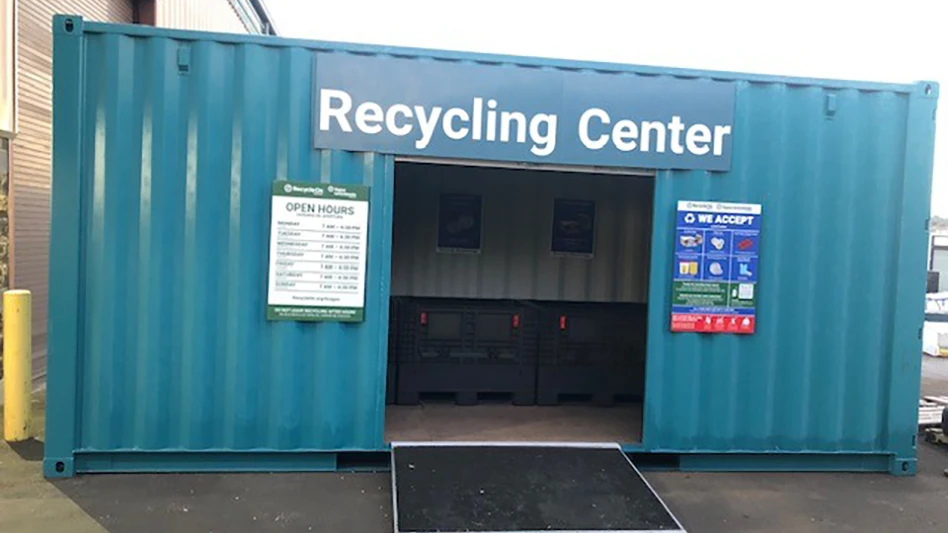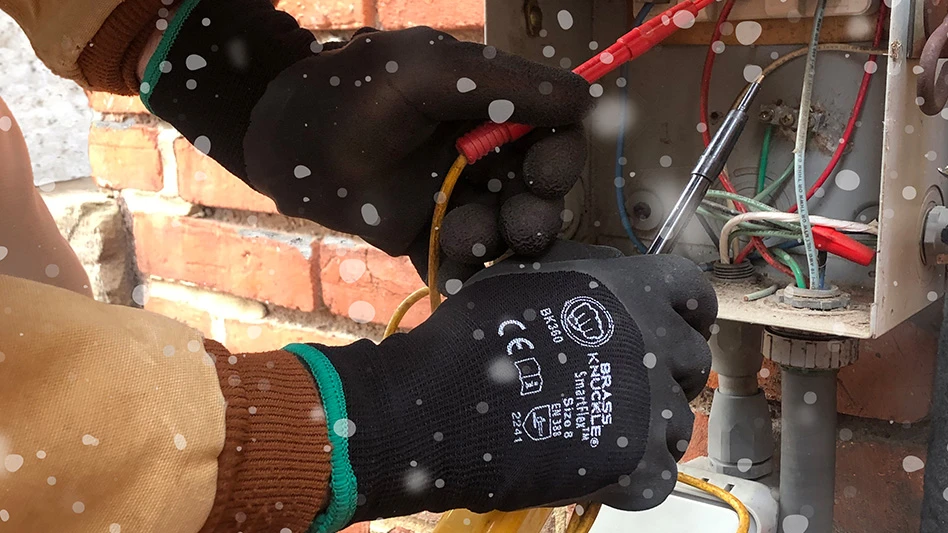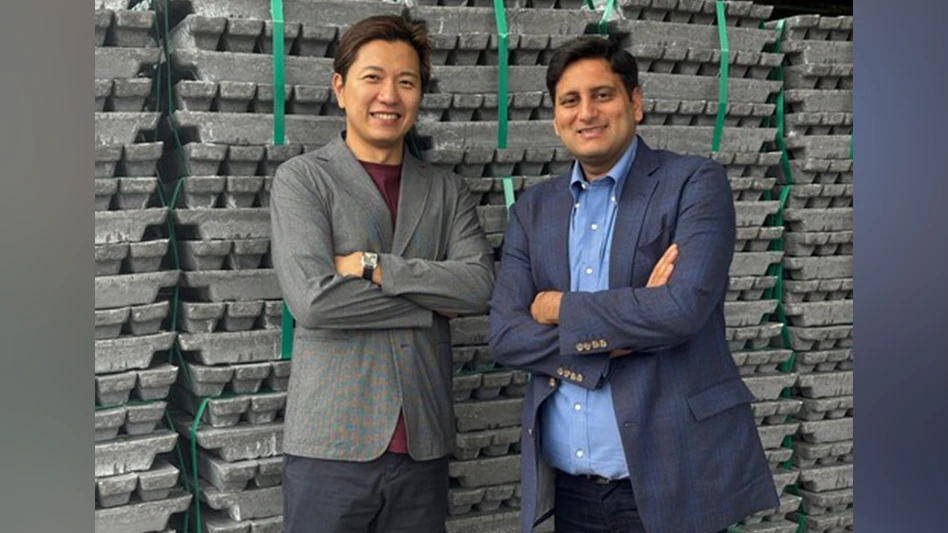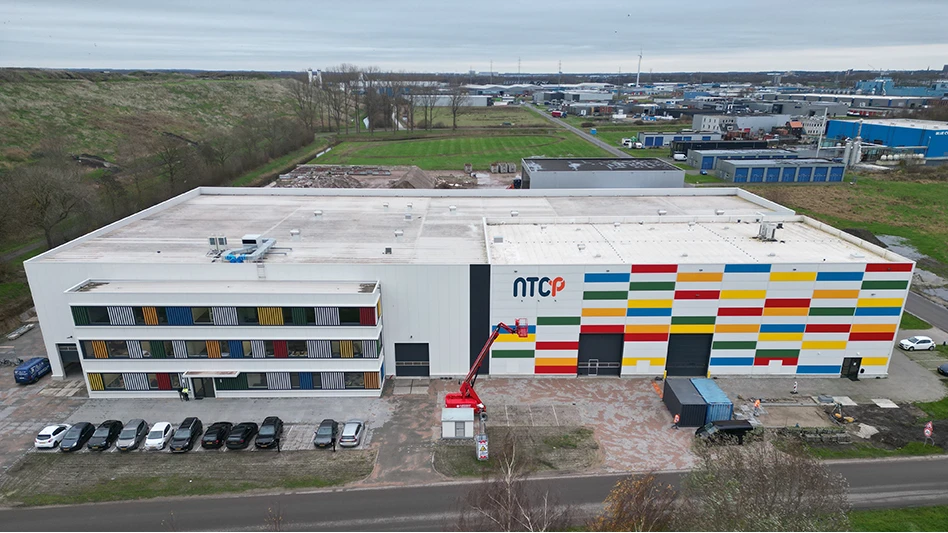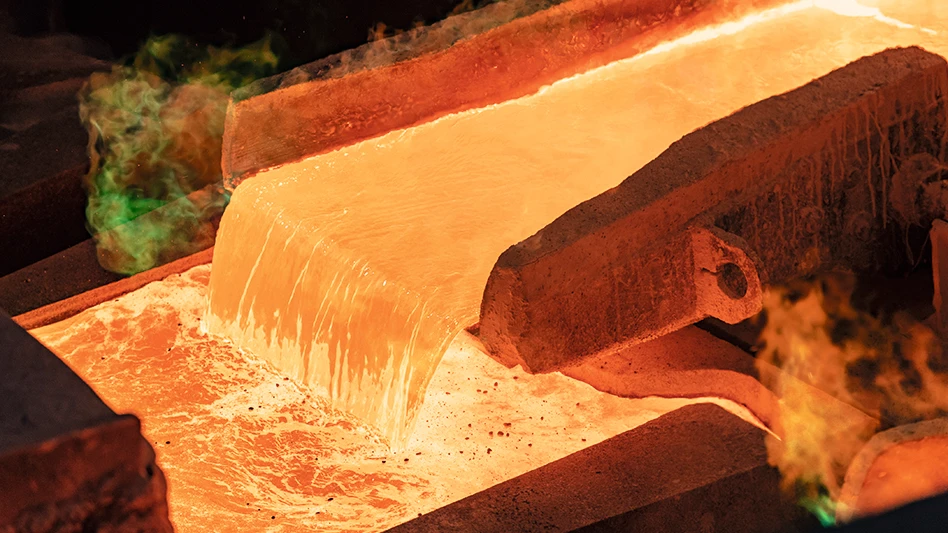
Irochka | dreamstime.com
Bangladesh, one of Asia’s emerging steel markets, has seen a rapid increase in its steel production capacity throughout last few years, helping to drive raw material imports of ferrous scrap, pig iron and direct-reduced iron (DRI) further.
Bangladesh Steel Re-Rolling Mills (BSRM), Chittagong, Bangladesh, is a leading steel manufacturing company in Bangladesh with 1.8 million metric tons of installed billet-making capacity. India-based SteelMint interviewed Sanjoy Kumar Ghosh, head of supply chain management at BSRM, to learn about his views on the steel and scrap industries in Bangladesh, offering edited excerpts from the interview, below.
____________________________________________________________________________________
Q: How is Bangladesh performing in terms of economic growth? How do you see the steel industry’s contribution in your country’s economy?
A: Bangladesh is now the world’s third fastest growing economy, according to media reports. Its GDP (gross domestic product) growth rate is currently 8 percent as per an ADB report (8.2 percent, according to the annual budget in 2019).
A lot of development work is going on across the country, and infrastructural development is one of them. The country is moving forward by all means with a view to applying to the United Nations for its recognition as a “Developing Country” after fulfilling the criteria set by the UN in 2018. If we consider 8 percent GDP growth, it means at least 16 percent growth indication for the steel sector in the coming years.
Q: What is the country’s present per capita steel consumption? How much growth is expected in the coming years?
A: Per capita consumption of steel in Bangladesh has seen a significant rise and almost doubled in five to six years to 45 kilograms (99 pounds) in 2017. As per estimates, per capita steel consumption may rise to 73 kilograms (161 pounds) by 2022. A lot of infrastructural work, along with mega government projects, is running in the country, and it would take another five to seven years to finish them. So, the demand for steel will be there in the future.
Q: What are the upcoming expansion plans by steelmakers and major infrastructure projects being developed by the government?
A: Buoyed by the increasing demand for steel amid the implementation of mega infrastructure projects, many of the larger mills have signed up for capacity expansion and other infrastructural activities for improving power generation.
Major steelmakers, including BSRM, have already initiated a few projects to increase their capacity, while a few new companies are waiting to mark their footprint in the steel sector. A lot of infrastructural work, along with big government projects (Padma Bridge, Rooppur Nuclear Plant, Paira Sea Port, the large coal-fired power projects of Matarbari and Rampal, Metro Rail and LNG terminal) are currently going on across the country.
Q: What is Bangladesh’s steel production capacity and how much more capacity can be added in the near term?
A: At present, the current steel production capacity is estimated to be at 6.5 to 7 million metric tons and it can be said that at least another 3 to 4 million metric tons of steel-producing capacity will be added in the next few years on the back of aggressive expansion plans of leading steelmakers.
Q: How much ferrous scrap did Bangladesh import in the previous years?
A: According to the data maintained with the customs department, ferrous scrap imports in financial year (FY) 2017 to 18 (July 2017 to June 2018) were recorded at 2.6 million metric tons, and the volume of scrapped ships imports in Chattogram’s ship-breaking market for recycling activities was recorded at 2.3 million metric tons. This year, 2018 to 2019, will be higher than earlier as per customs data.
Q: How much steel scrap demand is being projected in the coming years?
A: As per customs import data in FY 2017-18, total steel products, comprising raw material (steel scrap), semifinished, finished products and imported scrap vessel quantity (ship breaking) was around 7.7 million metric tons. Among these quantities, around 2 million metric tons comprised finished products and 0.6 million metric tons were semifinished products (HBI, or hot-briquetted iron, DRI and billets). So, the rest of the finished products were needed to be produced domestically. For that we are dependent on imported scraps, scraps generated from ship-breaking yards and other domestically generated steel scraps.
So, to sum up, we can say right now the steel scrap demand in Bangladesh is around 7 million metric tons, which will definitely see a rising trend in the coming years.
____________________________________________________________________________________
To learn more about Bangladesh’s growing appetite for steel scrap imports, attend SteelMint’s 4th Steel Scrap, Billet & DRI Trade Summit to hear additional insights from Ghosh. The conference is Aug. 27-29 in Bangkok.
Latest from Recycling Today
- US Steel to restart Illinois blast furnace
- AISI, Aluminum Association cite USMCA triangular trading concerns
- Nucor names new president
- DOE rare earths funding is open to recyclers
- Design for Recycling Resolution introduced
- PetStar PET recycling plant expands
- Iron Bull addresses scrap handling needs with custom hoppers
- REgroup, CP Group to build advanced MRF in Nova Scotia
